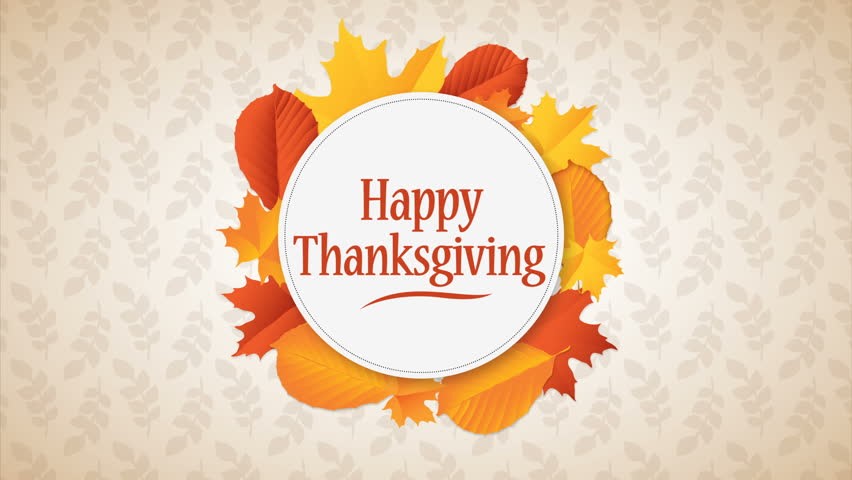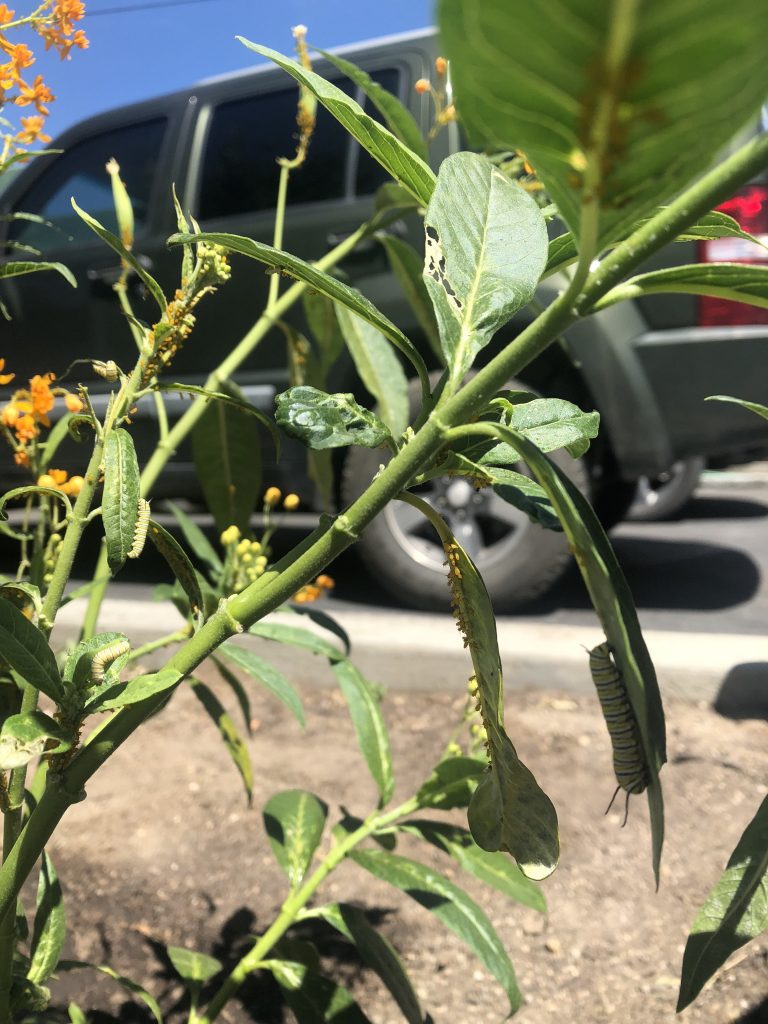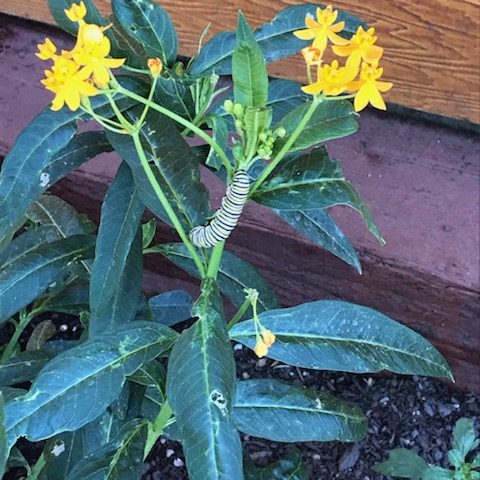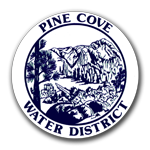JANUARY BOARD MEETING
Hello Pine Cover’s and happy 2020! The board meeting for this month has been cancelled. The next Pine Cove Water District board meeting will be Wednesday February 12th at 10:00 am.
Posted in: Uncategorized
Leave a Comment (0) →Uncategorized
Archive for Uncategorized
Hello Pine Cover’s and happy 2020! The board meeting for this month has been cancelled. The next Pine Cove Water District board meeting will be Wednesday February 12th at 10:00 am.
Posted in: Uncategorized
Leave a Comment (0) →Pine Cove Water District would like to wish everyone a very happy new year! Next week the office will be closed Wednesday January 1st in observance of New Years Day. If you would like to make a payment while we are closed you can do so online or drop it though the office door slot. If you have a water emergency like a burst pipe or leak please call the on call emergency line (951)294-8282
Wishing everyone a very happy and safe New Year!
Posted in: Uncategorized
Leave a Comment (0) →Pine Cove Water District would like to wish everyone a very happy holiday season. Next week the office will be closed in observance of Christmas Eve and Christmas day on Tuesday and Wednesday. If you would like to make a payment while we are closed you can do so online or drop it though the office door slot. If you have a water emergency like a burst pipe or leak please call the on call emergency line (951)294-8282
May your holidays be filled with love and laughter!

Posted in: Uncategorized
Leave a Comment (0) →Wow, winter sure came early this year! We have already had two good snow falls, one of which was over two feet here in Pine Cove. Followed by a rain storm that lasted a few days. Our weather station has recorded 2.63 inches of rain just for this month and a total of 9.4 inches just since April when it was first installed. That doesn’t account for the massive rainfall we had in February (8 inches I believe) and all the snow storms we had in the beginning of the year. It sure is refreshing to have lots of precipitation this year especially after the years of drought and having little to no snow. Here at PCWD we appreciate when the sky brings as a bounty of water to provide to our customers. However, we always promote conservation in this District because you never know what kind of winter season next year will provide. So, it is best to conserve our precious commodity.
The winter weather and low temperatures can cause frozen, leaky or burst pipes even underground. We advise all of our customers to turn your customer valve off by the meter when you leave your mountain home. Forgetting to turn off your water during the winter season increases the risk for burst pipes and damage to your home. When water freezes in a pipe, it expands. If it expands enough, the pipe bursts, water escapes and serious, costly damage is the result. If you don’t know where your customer valve is we would be happy to send a field worker during regular office hours to come show you or if you need your customer valve shut off we can shut it off for you for a $15 service charge. In the unfortunate event that a pipe does break any and all water that is lost will be the responsibility of the homeowner. PCWD does not forgive any water usage even if it is from a burst pipe. As always feel free to contact to office for any questions or concerns regarding your water bill, usage or winterizing your home. Stay safe, warm and have happy holidays!
PCWD Office (951)659-2675 hours 9a.m.- 4p.m.
Emergency after hours line (951)294-8282
Posted in: Uncategorized
Leave a Comment (0) →Be advised that roads can close without notice if they are determined unsafe for the traveling public.
Below are some other helpful driving tips.
Posted in: Uncategorized
Leave a Comment (0) →This time of year as the Autumn air crisps and the leaves start to turn and fall, we start to think of all we have to be thankful for. For us at Pine Cove Water District we are grateful for the clean mountain air, fresh water from the mountain top, the peaceful sound of our quiet community and the wonderful neighbors, family and friends. Next week is Thanksgiving and we hope everyone is able to feast in gratitude with their loved ones. in observance of this holiday the office will be closed on Thursday (Thanksgiving day) and Friday the 28th and 29th.
If you have a water emergency during the holiday thru the weekend please contact the emergency number and the on call staff member will be able to help you. (951)236-9163
For any non-emergency calls feel free to leave a message on the office line and we will get back to you on the next available business day.
Thank you & Happy Thanksgiving!

Posted in: Uncategorized
Leave a Comment (0) →We are finding more Monarch caterpillars everyday in our planters. They are eating a ton of Milkweed and getting bigger with each day. Soon they will get big enough to shape themselves into a J and start spinning a cocoon. From there the transformation from a chubby little caterpillar to a majestic Monarch butterfly will begin.





Answer to the fist picture: 4 Caterpillars are pictured
Around the district there has been a variety of beautiful blooming flowers. A month ago, you could see and smell the beauty of the lilacs around every corner. Here at the District office we have three apple trees that were in full bloom with stunning apple blossoms in may and we were a little concerned when we had those few late May freezes that the apples may not survive. Fortunately, the apples survived the late spring cold weather and now we are looking at hundreds of growing apples. Under our three beautiful apple trees is a raspberry patch that is about to gift us with hundreds of sweet red raspberries. If you drove past the office in the last couple of weeks you may have noticed the incredibly large tea-rose bush that was covered in pink and white little roses. We also have a variety of milkweed plants that are also in bloom here at the district office and around the district office. The most wonderful part about the milkweed plants is that Monarch Butterflies are attracted to them.
Gardening in our little mountain town can come with its fair share of challenges. If it isn’t the droughts, we have experienced in years past complicating our gardens it could be a late freeze, gophers, bugs or even deer. Here at PCWD we want to help our customers in whatever way we can that is why we offer free mulch and woodchips for free to all our customers. We want to help you make your house and garden thrive.
Posted in: Uncategorized
Leave a Comment (0) →You are invited to join us for an afternoon with fun and food on August 3rd from 12p.m.-2p.m.

Posted in: Uncategorized
Leave a Comment (0) →Unfortunately at this moment the office phones are down. We are currently working on the issue to get them back up and running. We apologize for the inconvenience. If you have a water emergency please contact the emergency cell (951)294-8282. If you would like to contact the Office Manager Becky or the Office Assistant you can contact us directly by email.
becky@pcwd.org lowen@pcwd.org
Thank you for your patience while we take care of this. ~PCWD Staff
Posted in: Uncategorized
Leave a Comment (0) →Pine Cove Water District
24917 Marion Ridge Road • P.O. Box 2296 • Idyllwild CA 92549-2296 • 951.659.2675
